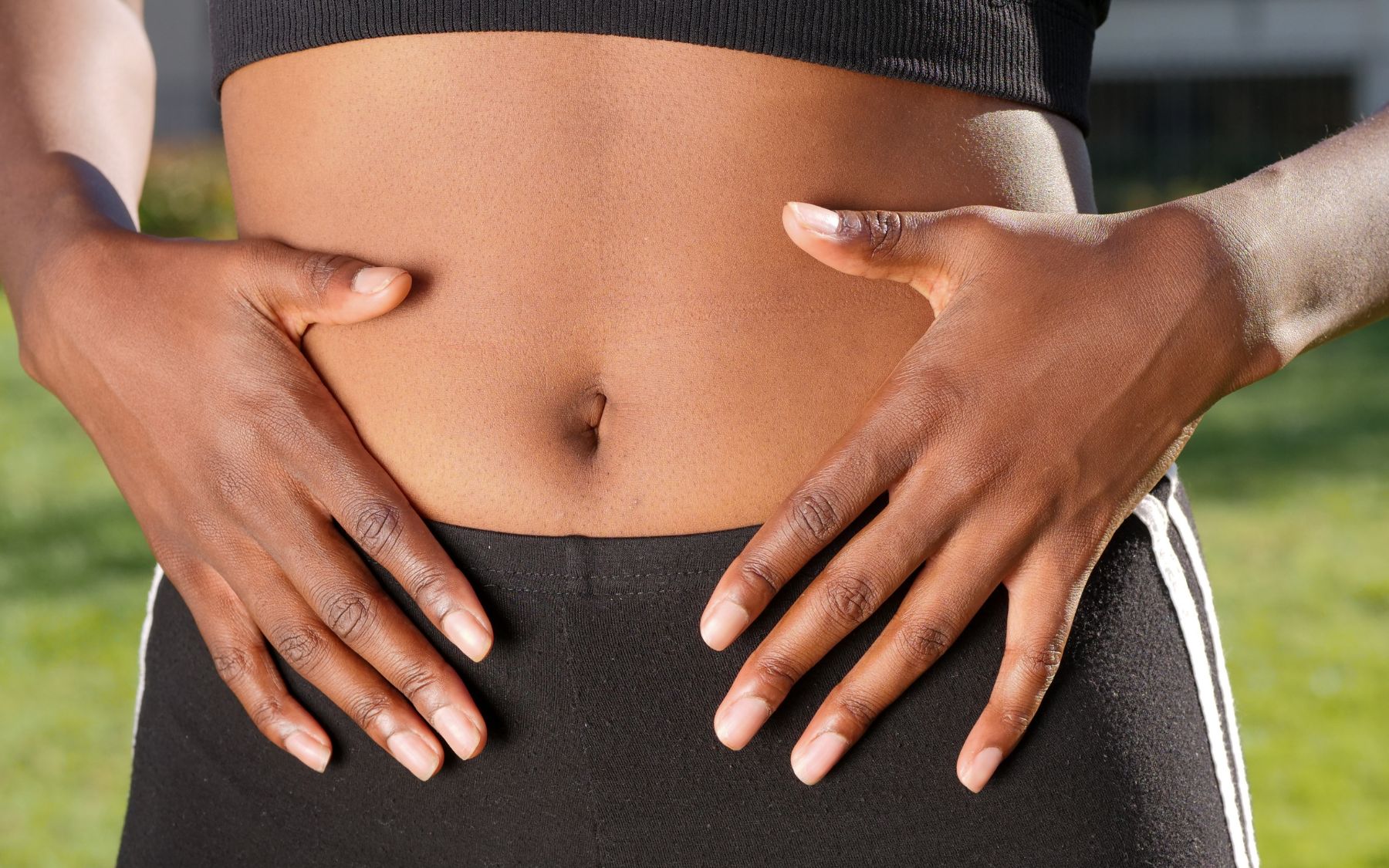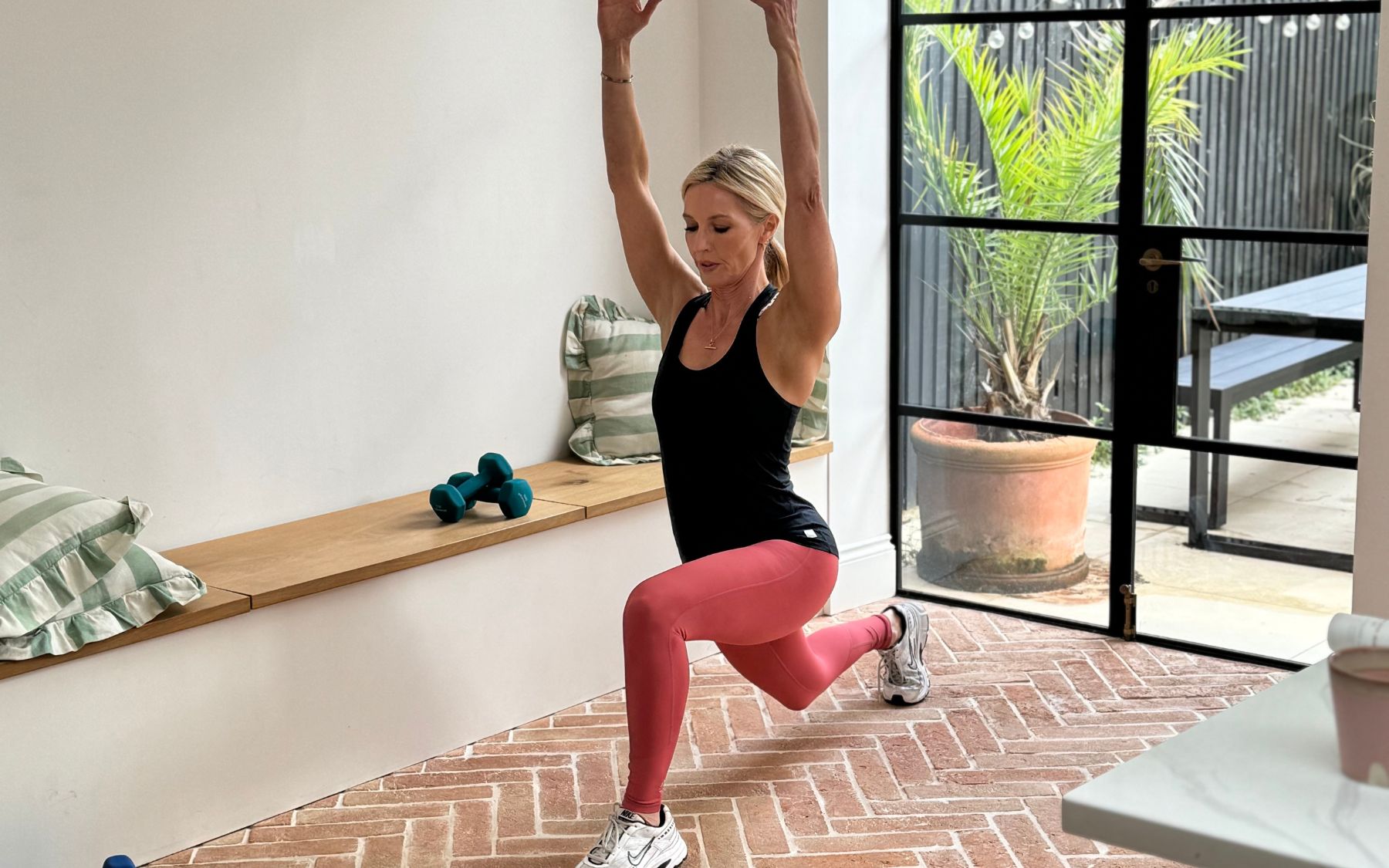If you've ever tried to get rid of stubborn tummy fat by doing endless sit-ups or waist-focused workouts, only to see little change, you're not alone. One of the most persistent fitness myths is the idea of spot reduction - the belief that you can lose fat from a specific area of your body by exercising that part alone.
When it comes to visceral fat - the deep fat stored around your abdominal organs - this myth isn't just misleading, it can actually prevent you from making real progress. Here's why spot reduction doesn't work, especially for visceral fat, and what you should focus on instead.
What Is Visceral Fat?
Let’s clarify the two main types of fat around your stomach:
- Subcutaneous fat: the fat stored just beneath the skin, which you can pinch.
- Visceral fat: the fat stored deep inside the abdomen, surrounding organs like the liver, pancreas and intestines.
Visceral fat isn't just a cosmetic concern - it’s closely linked to serious health risks such as type 2 diabetes, heart disease and chronic inflammation. Visceral fat becomes an even more significant issue during menopause due to metabolic shifts and hormonal changes.
Why Spot Reduction Is a Myth
The idea of spot reduction is appealing: do enough crunches, and you’ll burn the fat off your stomach. Sadly, that’s not how fat loss works. Here’s why:
1. Fat Loss Is a Whole-Body Process
When your body burns fat, it draws from fat stores throughout your body - not just the area you’re exercising. You could be doing 200 sit-ups a day, but your body might take energy from fat in your legs, arms or back instead.
2. Exercise Builds Muscle, Not Localised Fat Loss
Abdominal exercises strengthen the muscles underneath your belly fat, but they don’t directly target the fat itself. You might build a strong core while still carrying excess fat around your midsection - particularly visceral fat, which is hidden deep inside.
3. Visceral Fat Is Influenced by Hormones, Not Sit-Ups
Visceral fat responds more to hormonal factors than physical activity alone. Elevated insulin levels, high stress, and lack of sleep can all encourage your body to store more visceral fat - regardless of how many ab exercises you do.
During menopause women see a sharp drop in oestrogen levels. Oestrogen helps regulate fat distribution and when the levels drop, fat accumulates around organs and the stomach rather than being evenly distributed around hips and thighs.
The Real Way to Reduce Visceral Fat
If spot reduction doesn’t work, what does? Here’s how you can genuinely reduce visceral fat:
Focus on Overall Fat Reduction
The most effective way to reduce visceral fat is through a calorie deficit, achieved by:
- Eating a balanced, nutritious diet
- Engaging in regular cardiovascular exercise (such as walking, running, swimming or HIIT)
- Strength training to maintain muscle mass
Improve Insulin Sensitivity
Cutting down on refined sugars and processed carbohydrates can help regulate insulin levels, making it easier for your body to burn fat rather than store it. Again insulin sensitivity can worsen during and after menopause leading to increased visceral fat storage.
Prioritise Sleep and Manage Stress
Chronic stress and poor-quality sleep elevate cortisol levels, which are linked to increased visceral fat. Aim for 7-9 hours of good sleep each night and consider stress-reducing activities like meditation, yoga or breathing exercises.
Be Patient and Consistent
Fat loss takes time - and your body decides where to lose fat from first. You can’t control the order, but with consistency and a healthy routine, the fat will reduce, including around your waist.
The Takeaway
You can’t spot-reduce visceral fat from your waist - or any fat from a particular area of the body. But you can reduce overall body fat, including visceral fat, by making long-term changes to your lifestyle. The key is to start early and stay consistent to offset those menopausal changes.
Forget the gimmicks and short term fads - focus on what really works: a nourishing diet, regular movement, quality sleep and managing stress consistently. Your health - and your body composition - will benefit in the long run.
As always, any questions please do get in touch.
Caroline x







